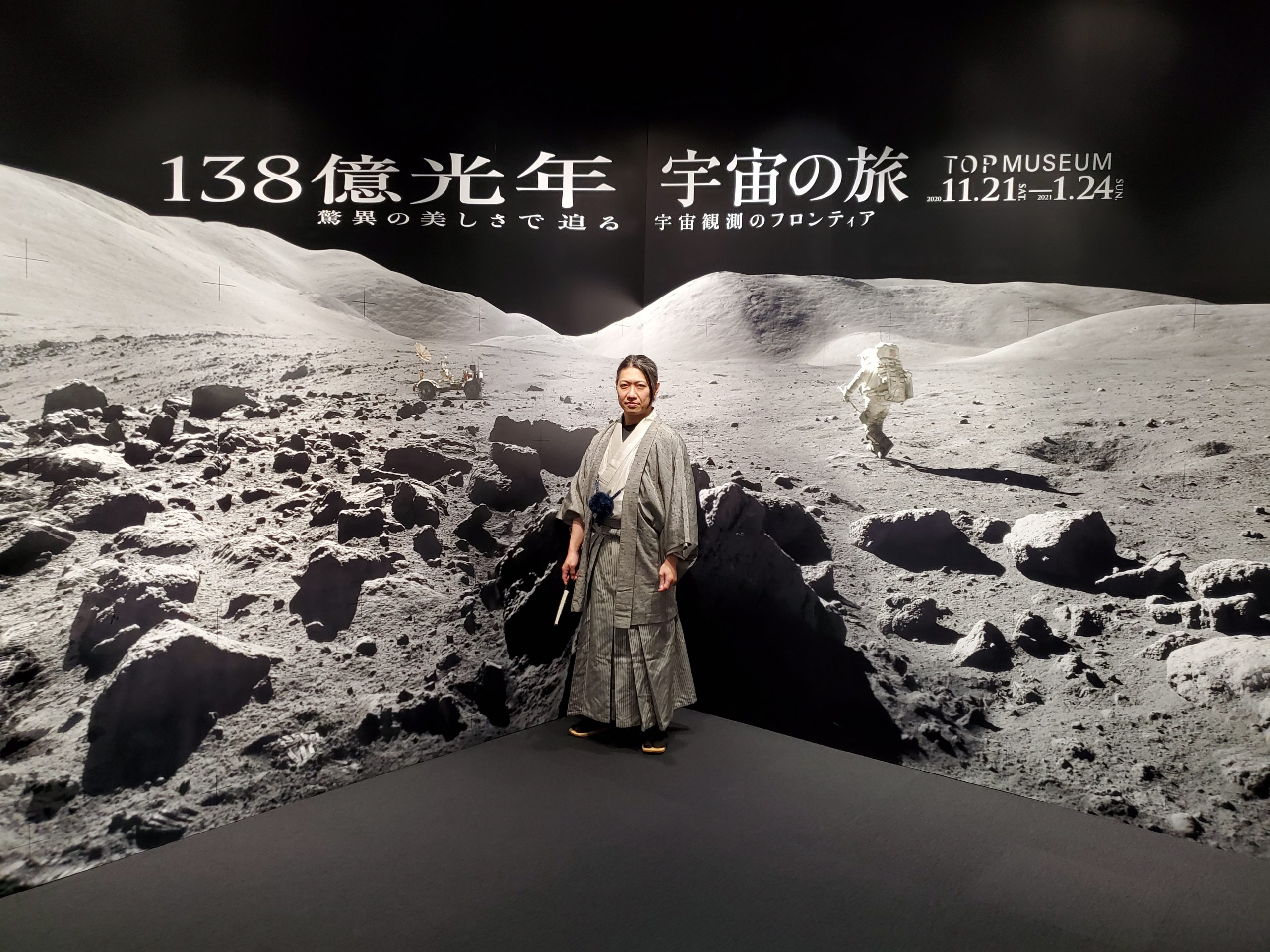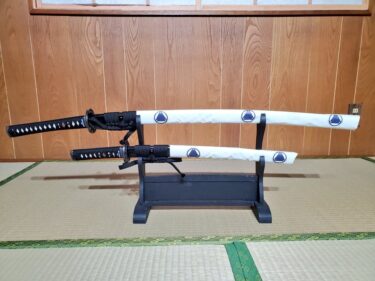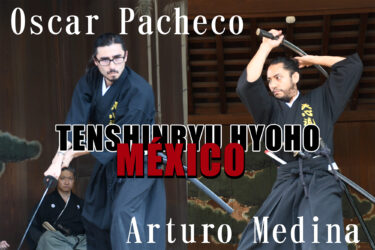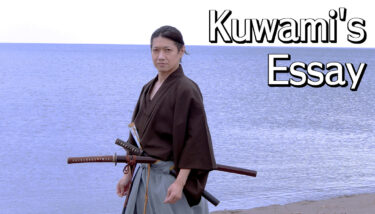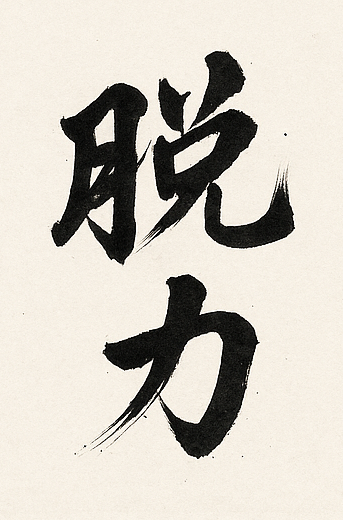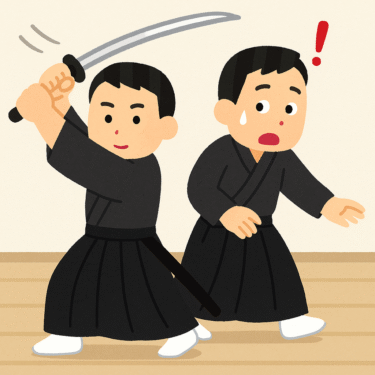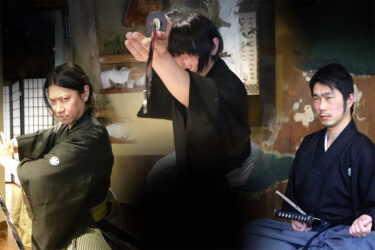Misunderstandings and problems of Japanese traditional martial arts
I would like to introduce two theories.
One is about the establishment of traditional martial arts that are only slow.
The other is the neglect and decline of kata training that began especially after the middle of the Edo period.
Long before I joined Tenshin-ryu, I had been researching traditional Japanese martial arts.
However, most of them were elderly people moving slowly.
Looking at the pair’s techniques, there were many problems, such as the attacker’s attack not reaching the target, waiting until the opponent hit, and techniques that were clearly not effective. (It’s not for safety)
However, as I researched, I realized that some styles are far from that.
They are fast-paced and involve more than just promises.
Kata practice is a practice where you follow a set procedure.
But when you make the right stunning attack, followed by the right defensive counterattack, it becomes more than just a promise, it becomes a meaningful mock battle that picks up parts from real combat and trains your skills.
In addition, it goes without saying that it is important to divide the movements into sections and practice slowly in order to acquire accurate movements.
However, at the same time, it is also true that practicing slow, segmented movements alone will not be useful in actual combat.
But why do so many people, both in Japan and other countries, mistakenly believe that traditional Japanese martial arts are really about slow, segmented movements?
Some people criticize Tenshinryu like this.
“Swinging a sword around so quickly is not a real martial art. Their swords are light and used for theatrical purposes.”
There are several causes.
One is aging. In fact, many martial arts have become slower since the Showa(1926-1989) era.
From the Meiji period to the Showa period (and Heisei era), traditional martial arts were completely neglected and unpopular.
There were few young students, and the students were aging naturally. Teachers who used to be able to move quickly are now only able to move slowly.
Not all old Sensei’s were slow. It is also natural for your speed to decrease as you age compared to when you were in your prime. However, there is a special reason for such extreme deterioration. That’s if they don’t have time to practice.
Of course. Most martial arts instructors are not full-time instructors. They work other jobs, raise their families, and go to the dojo in their spare time. Moreover, Sensei specializes in teaching and does not have time for his own practice.
There are many examples in which the style of quick demonstrations during the monochrome era, Meiji, Taisho, and early Showa periods has changed to the slow demonstration style that we all know in the Showa and Heisei eras.
Since Sensei only teaches slow movements, it is difficult for students to become faster. Of course, boxers who are stronger and faster than their trainers are normal. However, in the traditional world, authority and pride were important, and such education was not provided.
And it was the slow style that became popular throughout Japan. It was a perfect match for the dignified, authoritative atmosphere.
Perfect for cultural learning in an era when actual combat is not necessary.
Another problem began in the Edo period. That is Shinai (bamboo sword) Kendo.
With the invention of protective equipment around the middle of the Edo period, it became possible to play matches safely.
It has been a long-standing problem that it is difficult to realize the mastery of kata by practicing kata alone. Therefore, various games have been tested. However, Yagyu Jubei also wrote about it in the early Edo period. That’s very difficult.
In a match with a fukuro-jinai, the opponent hits first and the other doesn’t, and since the fukuro-jinai is light and safe, a battle begins that would never occur in a real fight.
But as a competitive sport, it’s very appealing. This trap fell into place throughout Japan after the mid-Edo period.
This is due to the reality that if you do not practice properly, you will not be able to acquire skills or become strong.
Kata practice has several conditions. The distance, timing, body part to attack, attack method, and other situations.
On top of that, you need to learn the correct technique.
It also changes depending on the level of the enemy and the situation. You need to think about whether the person you’re dealing with is on guard, if they’re attacking you in a frantic manner, or if they’re suddenly attacking you.
The mind, technique, and body acquired through incorrect Kata training are useless.
As a result, many people have always had doubts. Then they play the game and come to a conclusion. Kata practice and techniques for this style are useless.
In this way, many styles abandoned their kata or significantly reduced their kata practice time and devoted it to match practice.
If you lose practice time, your kata proficiency will further decline, and it will become a mere formal practice.
And the nature of the type also changes. Particularly from the mid-Edo period onwards, indoor training became the main practice, and footwork and techniques designed for outdoor practice were either lost or reduced to mere vestiges.
If you actually fight in a place with poor footing, bare feet or in straw sandals, you will need to use different techniques than between the boards.
For example, in Tenshin-ryu, there are many techniques for making small or large jumps. Those who see this and don’t understand traditional martial arts well will say it’s a lie.
However, in reality, the older the style, the more these techniques are included in the kata.
I often see people slandering many traditional martial arts with the intention of saying bad things about Tenshin-ryu.
All of these are foolish acts caused by lack of education and ignorance.
Well, in the first place, if they have time to criticize other schools, they should use it to practice with a sword, even if just for a second.
If they don’t want to sweat and get tired, they should at least spend their time watching videos of many traditional martial arts and studying books closely, not posting knowingly on social networking sites about things they don’t know much about.
However, this is also our responsibility. We only have a short amount of time to provide accurate information. This is because I spend most of my time practicing, teaching my students, and managing my style.
The more ignorant people are, the louder their voices are. This is a truth that remains unchanged in both the East and the West.
Kuwami Masakumo
